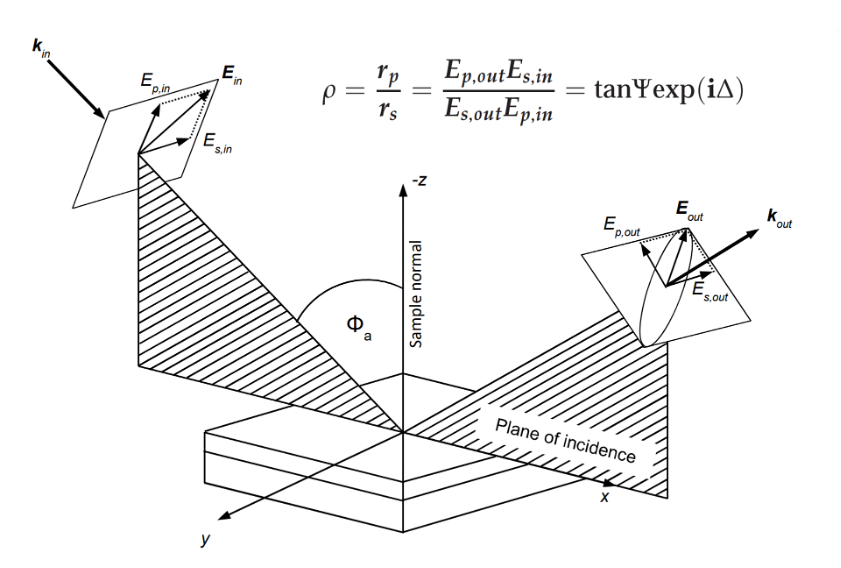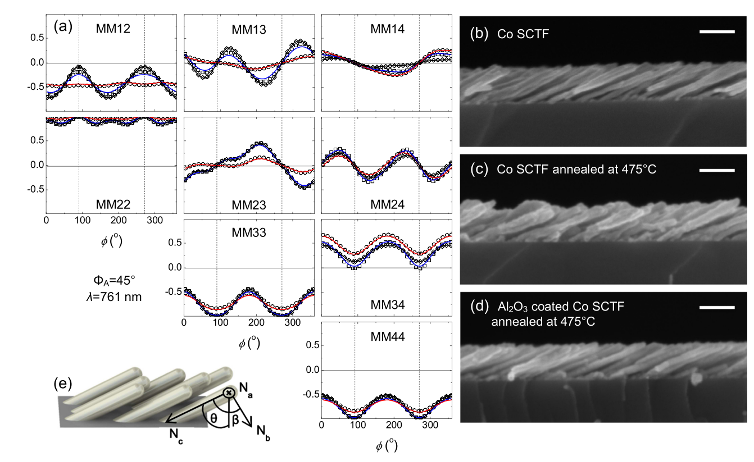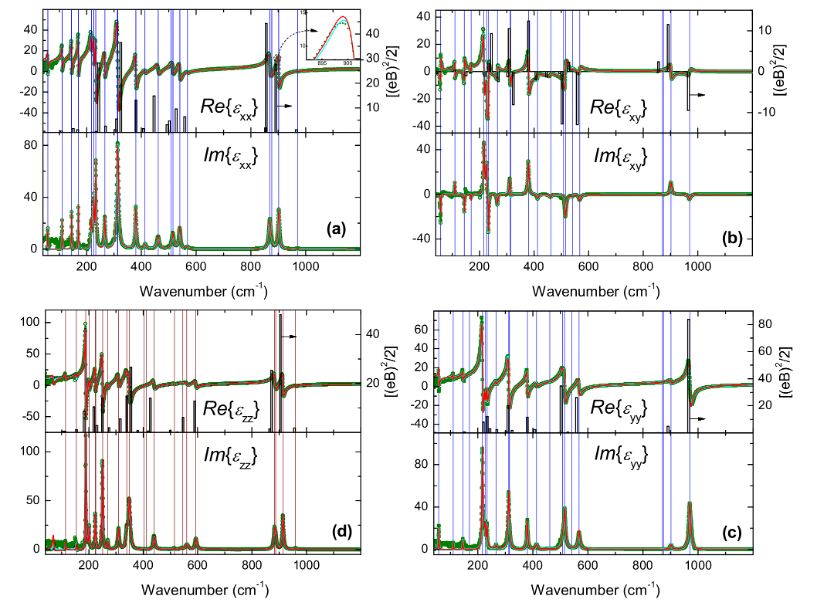Dr. Alyssa Mock

Education
Ph.D. at University of Nebraska, Lincoln
M.S. at University of Nebraska, Lincoln
B.S. at University of Nebraska, Lincoln
Curriculum Vitae
Contact Information
Email: alyssamock@weber.edu
Phone: 801-626-6806
Office Location:
Engineering Technology
Room 133-E, Mail Code 1803
Courses Taught
ECE 1000 - Introduction to Electrical Engineering
ECE 2210 - Electrical Engineering for Non-majors
Research Areas of Interest
After earning my PhD in Electrical Engineering from the University of Nebraska – Lincoln, I went on to do postdoctoral research at Linkӧping University in Sweden and then at the U.S. Naval Research Laboratory under a Fellowship from the National Research Council. My research focuses on material properties of complex materials such as nanostructures as well as materials with inherently low crystal symmetry. My research utilizes different characterization methods such as atomic force microscopy, scanning electron microscopy, X-ray diffraction, Raman spectroscopy but focuses on spectroscopic ellipsometry.
Ellispometry is an optical technique that measures a change in polarization as light reflects or transmits from a material structure. The measured response depends on the optical properties, thickness and geometry of individual materials. Ellipsometry can be used to characterize many material properties associated with a change in optical response such as composition, crystallinity, roughness, and doping concentration, for example.

Figure 1: Schematic representation of the geometry of the ellipsometry experiment showing incoming electromagnetic plane wave incident on a sample with incoming wavevector kin, angle of incidence Φa, and outgoing wavevector kout. Incoming and outgoing electric field plane waves, Ein and Eout can be decomposed with complex field amplitudes Ep,in, Es,in, Ep,out, and Es,out where p and s denote parallel and perpendicular to the plane of incidence, respectively. (Generalized Ellipsometry on Complex Nanostructures and Low-Symmetry Materials, Alyssa Mock, University of Nebraska – Lincoln, 2017)


Figure 3: The dielectric tensor elements of monoclinic yittrium orthosilicate identifying all 45 pairs of transverse and longitudinal infrared active optical phonon modes. (Anisotropy and phonon modes from analysis of the dielectric function tensor and inverse dielectric function tensor of monoclinic yttrium orthosilicate, A. Mock, R. Korlacki, S. Knight, and M. Schubert, Phys. Rev. B 97, 165203 (1-17) (2018))